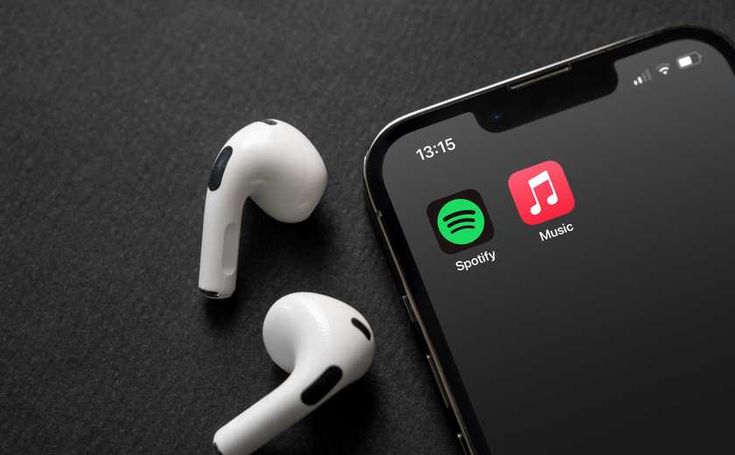Overexposing your photos can create amazing effects, but if it’s not done intentionally, it can be annoying. Fortunately, there are many apps and tools to fix this problem. Here are my top smartphone apps for making overexposed photos look good.
My smartphone’s native editing app
Before using any of the other tools on this list, I recommend starting with your smartphone’s native editing app. Since I have an iPhone, I use Apple Photos. This app is so much better for image editing than what came before, it has actually replaced more powerful tools for some functions.
The obvious place to start is the Exposure tab. The slider goes to +100 on the right and -100 on the left. Since we’re trying to fix an overexposed photo, we’ll need to move it all the way to the left. Do this until you’re satisfied with the overall lighting.
Brightness is another tool I suggest using when you’re not satisfied with your photo’s exposure. This slider mainly affects the highlights of your photo, and I recommend using it in conjunction with the Highlights slider. Depending on the image, you may also want to adjust the Black Point; however, this is not mandatory.
Lightroom
Lightroom gives you several options for fixing overexposed photos on your smartphone. First, I suggest using the Exposure slider; it works just like Apple Photos. The Highlights slider is also ideal for this, and you should adjust the contrast so you’re happy with the balance of light and dark.
The Whites tab is one of Lightroom’s most underrated editing tools for overexposed photos, and I strongly suggest you tweak it to your liking. Sometimes, moving the slider to the right actually makes sense; Doing so can add a little contrast to the rest of the photo and bring out its personality.
However, you will need to make sure that you don’t make these Lightroom mistakes that can ruin your photos. For example, many photographers ignore too many features and don’t go deep into their edits, and as a result, the photos look underexposed.
Once you’ve adjusted the sliders mentioned above, I recommend moving to the Curve feature. To make a photo less overexposed, I suggest bringing the slider all the way down to the right; start at the top to bring down the highlights a bit. Then move the other parts of the Curve tool until the lighting improves.
Apart from making manual edits, you can use presets. I suggest creating Lightroom presets for different photography styles so that you don’t have to make multiple adjustments each time.
Canva
In my opinion, Canva is the best all-round app for basic design; you can create many things in Canva with little to no effort. If you don’t need to go into as much detail as Lightroom, it’s a handy tool for quickly and easily changing your photos. I also recommend it if you’re already going to create some kind of design, like Pinterest pins or banners for your social media profiles.
When using Canva, you can choose whether you want to edit the whole photo or just the foreground/background. So, you have a lot more control over your edits without having to add masks and things like that. Start changing the brightness until you’re satisfied with the way the photo looks.
Once you’ve adjusted the brightness, change the white and contrast sliders. You can use the auto-edit feature, but I recommend just trying it out and seeing if it works; Most of the time, I think your adjustments will look better with manual editing.
VSCO
VSCO is my favorite mobile editing app for filters, and it gives Lightroom a run for its money. But beyond its filters, you’ll also find some basic sliders you can use to adjust your overexposed photos.
Unlike Apple Photos and Lightroom, the exposure slider in VSCO only goes on a scale of -6 to +6. Still, the principle is the same; just move the slider down until you’re satisfied with the lighting in your photo. Another way to edit overexposed photos in VSCO is to add some vignette after changing the exposure. I find this is especially useful if the highlights have faded.
Unfortunately, you’ll need a paid subscription to access many of VSCO’s other sliders. Since many of the free sliders add brightness to your photo, I suggest you use these with caution.
